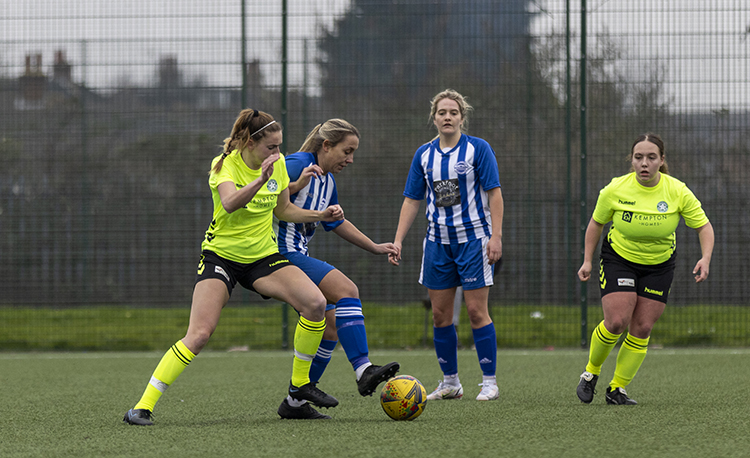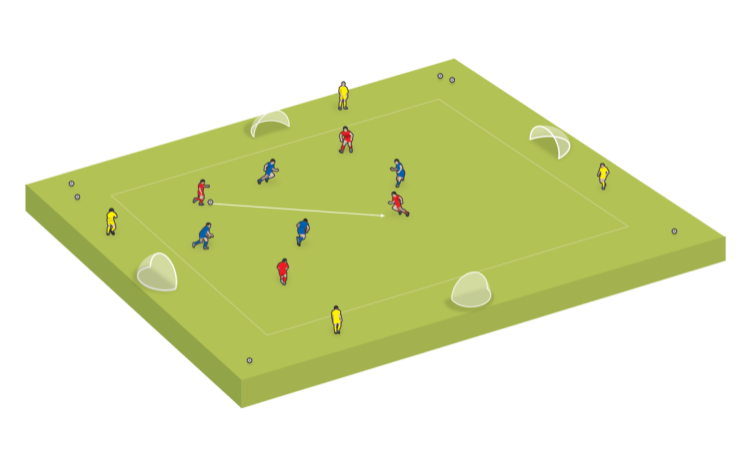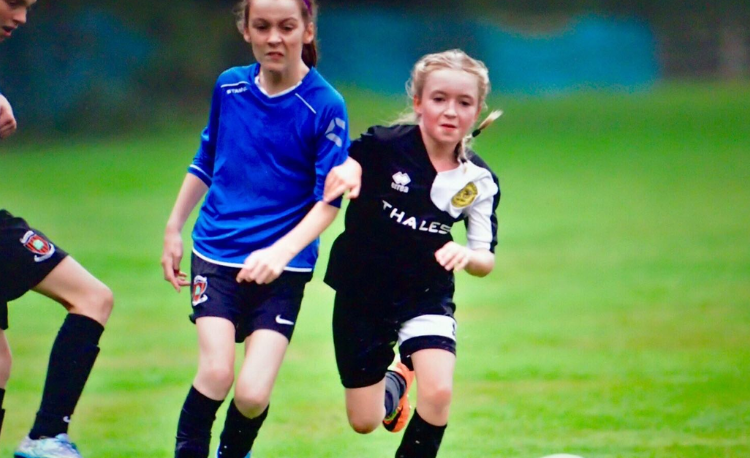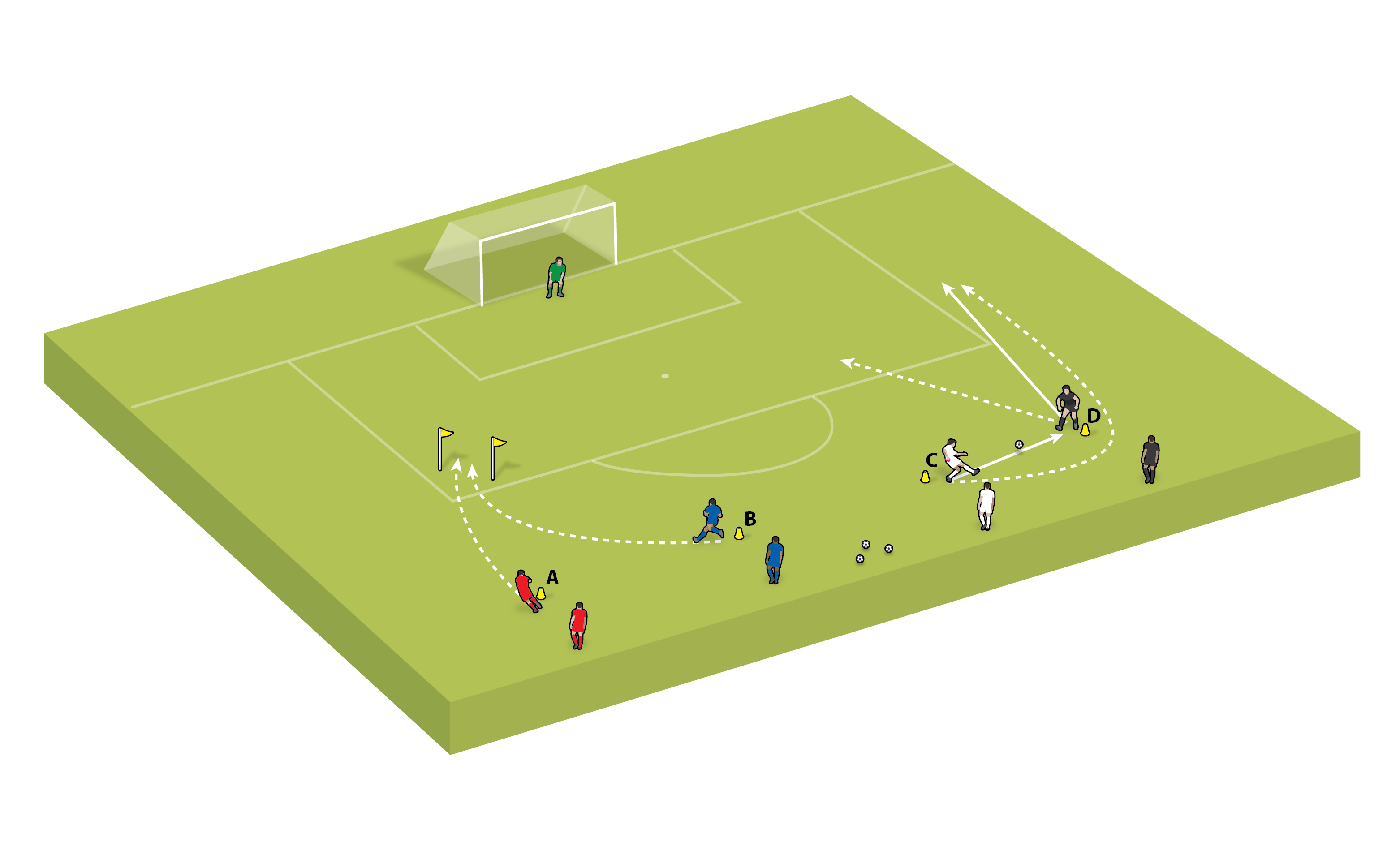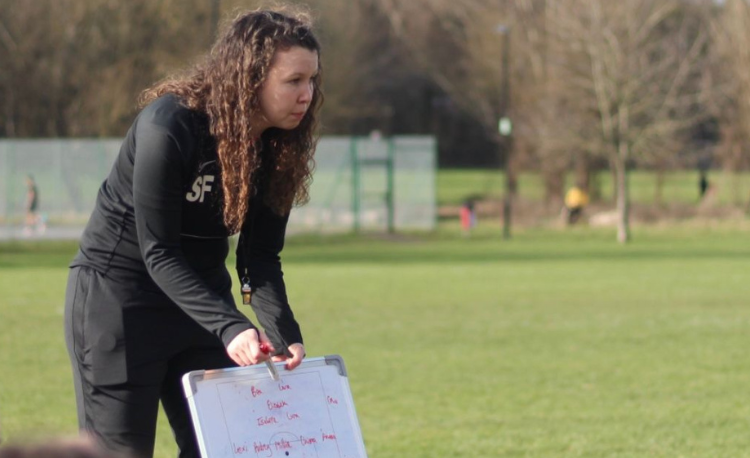The importance of transitions in soccer
Drilling players to react quickly when the ball is turned over is more important in soccer than any other sport, argues Carl Wild
Soccer is classified as an invasion game, alongside other sports such as netball, rugby, field hockey and basketball.
The key characteristics of any invasion game is that it features teams of an equal number of players, where the overall aim is to attack the opponent’s territory to score some form of goal or point.
Other fundamental factors include the game being played on some form of field or court that has clear boundaries and specifically marked areas within it. In addition, some form of object is used to score, such as a ball, puck or disc.
The concepts of invasion games
As well as these key characteristics and factors, three main concepts are common to all invasion games: in possession, out of possession and transition - the latter can be from in-possession to out-of-possession or from out-of-possession to in-possession.
There are similar characteristics to a team being in and out of possession across all invasion games. For instance, whatever the sport, when a team is out of possession they need to remain compact, while in possession they will need to penetrate the opposition.
However, it can be argued that the principle of transition within soccer is quite different to most other invasion games and that, in fact, it has a much greater role than in any other sport.
In netball, for example, a turnover does not usually provide opportunities to exploit the opposition due to the positions of the players being restricted.
"Transition happens in different ways and places, resulting in a range of outcomes..."
Similarly, in both codes of rugby, players from the in-possession team are positioned behind the ball and points are usually scored after phases of play.
Additionally, a change in possession often occurs from a team kicking the ball or an offence being committed.
Pass interceptions or loose balls collected by the opposition are more rare, therefore there are limited opportunities to take advantage of a team short of numbers or disorganised defensively.
In basketball, meanwhile, possession changes hands regularly, usually from an attempt to score. This allows the team about to lose possession to get organised in preparation to defend their basket.
If possession is lost in the build-up, it often results in that team conceding points, as they are unable to recover and protect the basket.
However, during soccer games, transition regularly happens in a number of different ways and in a number of different places on the pitch, resulting in a range of outcomes - including the opposition being organised or disorganised, and being close or far away from the opposition’s goal.
Therefore, moments of transition can have a greater impact on a soccer game, compared to any other invasion game.
So with it playing such an important part, should we not allow players to experience and practice it during training?
Related Files
Transitions in training
This does not necessarily mean we need to allocate more time to topics around transition as the focus of the session - we just need to allow transition to occur and play out during a practice whenever possible.
Let’s take a standard ‘rondo’ as an example, where three or four players try to retain possession against one defender.
Usually, the rule in place for this practice would be that whoever is responsible for losing possession of the ball becomes the defender and the two players just swap roles.
No matter whether the ball goes out of play or the defender intercepts the ball, the practice stops while the two players switch positions, before it continues again.
A slight alteration to this rule would add an element of transition. Instead of the practice stopping and resetting if the defender successfully wins the ball, can we provide them an additional task that links into transition and specifically when a player or team has just won the ball?
We could add a rule whereby that if a player wins the ball they have to ‘break out’ of the area with the ball under control.
This, in turn, will trigger another ‘transition’ action that we may want the players to adopt - the reaction they have when they have just lost the ball. Can they counter press and close the player down quickly, preventing them from exiting the area?
It is important we keep the rule of the defender and the player swapping roles, even if the defender is unsuccessful in exiting the area, otherwise they could become demotivated, as it is quite a difficult task.
Instead, we should look at rewarding them if they are successful. For instance, we could give them a point or a ‘life’ so the next time it is their turn to be a defender they get to choose someone else to take their place.
Transition plays an important part in soccer, particularly in the modern game. It therefore needs to play an important role in the development of the players.
This can be achieved through sessions having a focus on transition, such as counter attacking or counter pressing, but more importantly we should look to include it within any session wherever we can.
Not only does it allow the players to practice an integral part of the game, but it also increases the realism and relevance of the practice, while also providing motivation for the players to either keep possession of the ball or win it from their opponents.
Overall, it should become a common theme within our practice design.
Newsletter Sign Up
Coaches Testimonials

Gerald Kearney, Downtown Las Vegas Soccer Club

Paul Butler, Florida, USA

Rick Shields, Springboro, USA

Tony Green, Pierrefonds Titans, Quebec, Canada
Subscribe Today
Discover the simple way to become a more effective, more successful soccer coach
In a recent survey 89% of subscribers said Soccer Coach Weekly makes them more confident, 91% said Soccer Coach Weekly makes them a more effective coach and 93% said Soccer Coach Weekly makes them more inspired.
*includes 3 coaching manuals
Get Weekly Inspiration
All the latest techniques and approaches
Soccer Coach Weekly offers proven and easy to use soccer drills, coaching sessions, practice plans, small-sided games, warm-ups, training tips and advice.
We've been at the cutting edge of soccer coaching since we launched in 2007, creating resources for the grassroots youth coach, following best practice from around the world and insights from the professional game.
